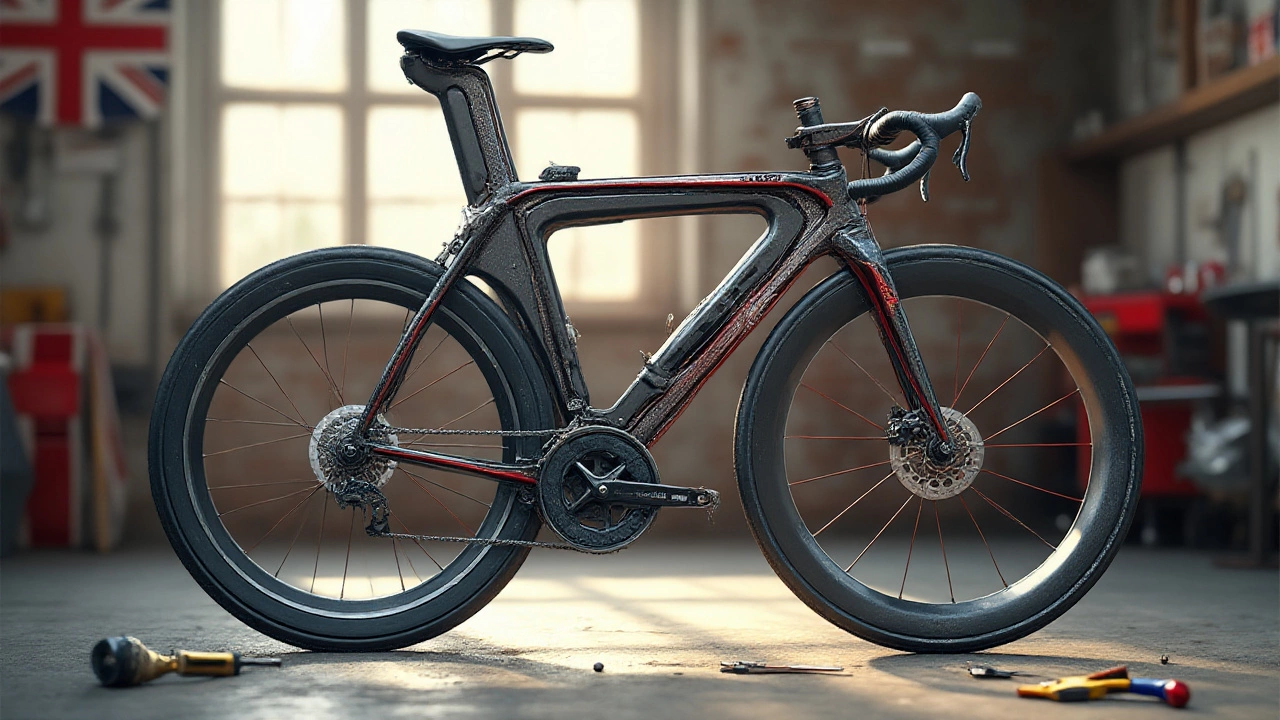What Damages Carbon Fiber? Common Causes and How to Prevent Them
- Gareth Westbrook
- 2 08 2025 Automotive
Learn what really damages carbon fiber, where it's most vulnerable, and how to keep your carbon fiber parts looking sharp and functioning strong.
Carbon fiber looks great, but a crack can ruin the whole look fast. Most people assume the material is indestructible, yet everyday stuff can make it split. Below you’ll find the real reasons cracks appear and what you can do right now to keep your carbon parts looking flawless.
First, understand the usual suspects. A big one is impact – even a small rock hit or a door bump can create micro‑fractures that grow over time. UV exposure is another hidden enemy; sunlight breaks down the resin if the surface isn’t protected. Improper bonding during installation also leaves weak spots – too much glue, not enough cure time, or using the wrong type of adhesive can stress the fibers. Finally, over‑tightening bolts or clamps squeezes the carbon and forces cracks to start at the edges.
Now for the easy fixes. Start with a gentle cleaning routine: use a pH‑neutral soap and a soft microfiber cloth. Avoid abrasive cleaners, acetone, or harsh solvents – they eat away at the resin and make cracks more likely.
When you install a carbon part, follow the manufacturer’s adhesive instructions to the letter. Use the recommended epoxy, let it cure fully, and keep the joint pressure even. If you need to tighten bolts, use a torque wrench and stay within the suggested range. A quick check with a torque calculator can save you a lot of headache later.
Protect the surface from UV by applying a clear coat specifically made for carbon fiber. A thin layer of UV‑resistant sealant not only keeps the color vibrant but also slows down resin breakdown. Reapply the sealant every 12‑18 months, especially if your car spends a lot of time outdoors.
Store any removable carbon pieces in a cool, dry place. Avoid stacking heavy items on top, and wrap them in a soft cloth to cushion edges. If you notice a hairline crack during a routine inspection, sand the area lightly, clean it, and reseal with a fresh layer of epoxy before the crack spreads.
Lastly, be mindful of temperature swings. Extreme heat can expand the resin, while sudden cold can contract it, both creating stress. If you park in direct sun, use a car cover or shade to keep the temperature steady.
By watching for these common problems and applying the steps above, you’ll keep your carbon fiber parts strong, shiny, and crack‑free for years. Got a specific question about a carbon component? Just ask – the right answer can be a simple tweak away.

Learn what really damages carbon fiber, where it's most vulnerable, and how to keep your carbon fiber parts looking sharp and functioning strong.